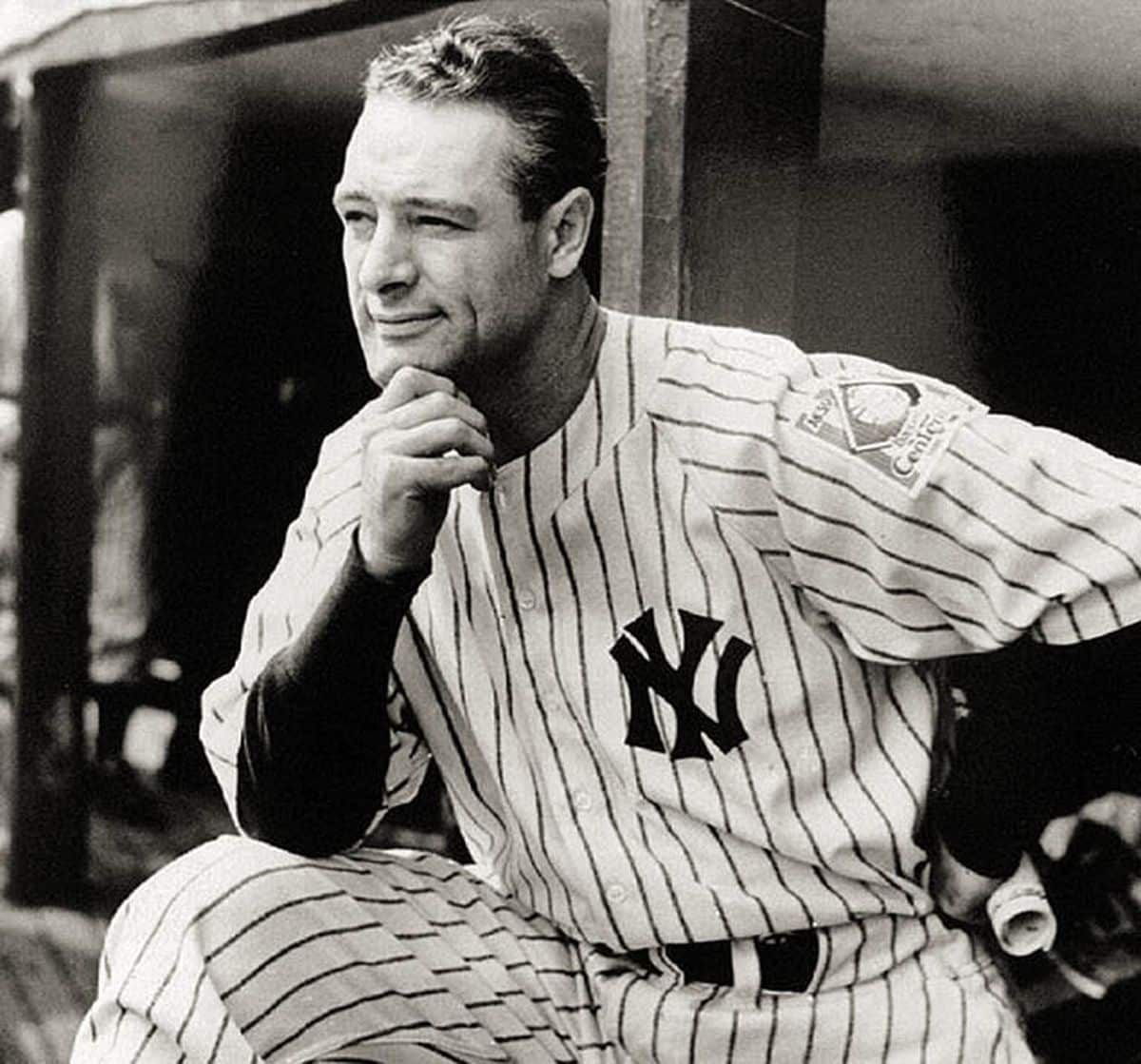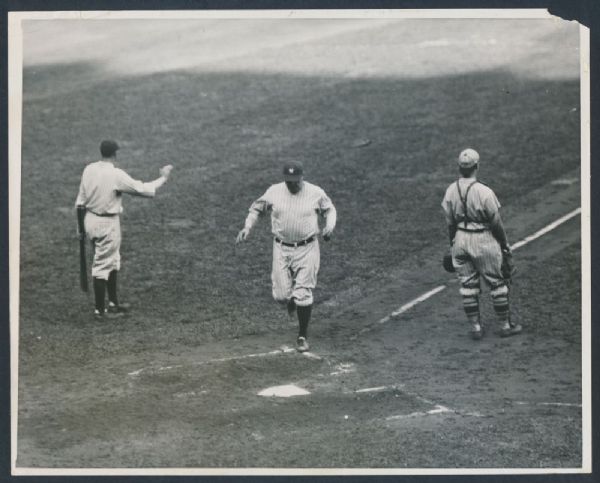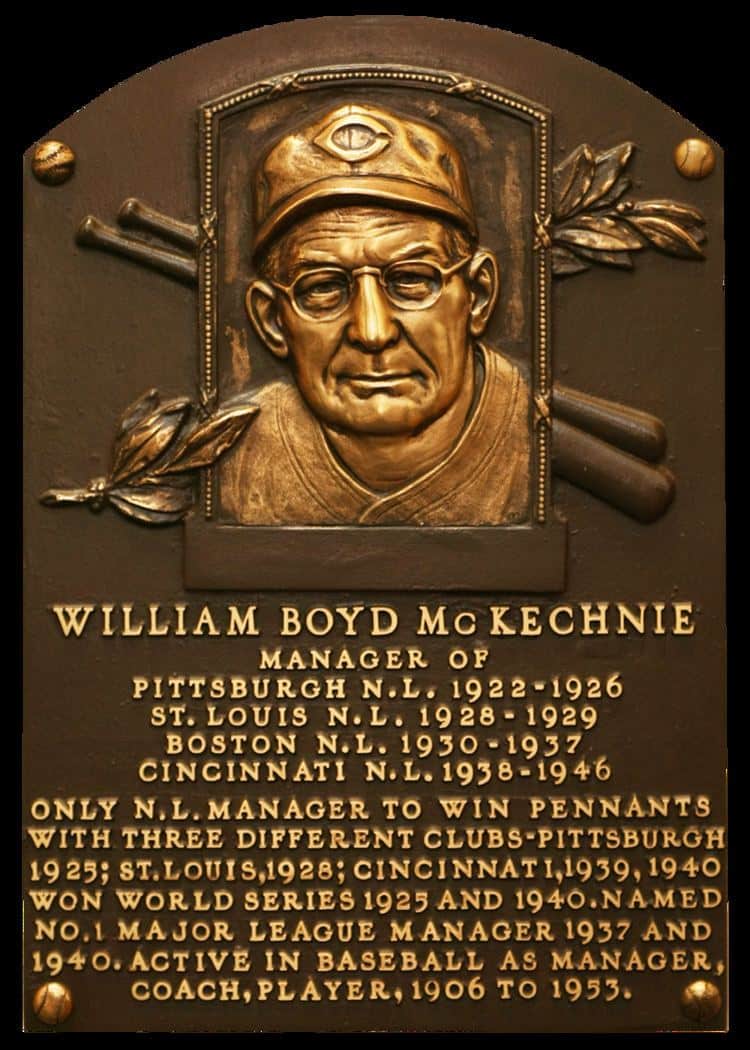
Jump to:
- #1. The Yankees Doubled The Runs Of The Cardinals
- #2. The Yankees Hit A Home Run In Every Game Played
- #3. Lou Gehrig Was Terrorized The Cardinals Pitching
- #4. Babe Ruth Popped 3 Home Runs In Game 4.
- #5. Walter Johnson's Prediction Would Be Way Off
- #6. The First Time In World Series History A Team Had Consecutive Sweeps
- #7. Bill McKechnie Appeared In His Second World Series As Manager
#1. The Yankees Doubled The Runs Of The Cardinals
The 1928 World Series featured more Yankee offense, and they simply overwhelmed the Cardinals, who had beaten the Yankees in the 1926 World Series.
The Cardinals managed to put up 10 runs for the series, while the Yankees put up 27. It was complete domination.
The Yankees were held to 4 runs in Game 1, but the Cards were held to 1 run.
As much credit as the offense gets for the victory, and they should, the pitching for the Yankees also did a great job.
#2. The Yankees Hit A Home Run In Every Game Played
The Bronx Bombers lived up to their name as they smoked every Cardinals pitcher they faced. Every single game featured a long ball into a crowd of excited or disappointed fans.
This was the first time in World Series history that this feat occurred. The league was officially out of the Deadball era at the beginning of the 1920s, and the 1928 World Series would leave little memory of what the game used to be.
#3. Lou Gehrig Was Terrorized The Cardinals Pitching

Lou Gehrig had one of the greatest World Series runs in the history of the game. He batted .545 and had 9 RBIs, which was as many as the entire Cardinals team combined.
He also slammed four homers in the series, which included 2 in Game 3.
Gehrig was consistently on base and being driven home. He was intentionally walked in Game 2 only to be driven in by Meusel.
Ruth actually had a better World Series than Gehrig, but Gehrig was clearly beginning to come into his own and out of Ruth's shadow.
#4. Babe Ruth Popped 3 Home Runs In Game 4.

Game 4 was a home run parade for the Yankees, and finally, Babe Ruth got in on it.
The Cardinals had kept Ruth in the park for the series, but that would not be the case in Game 4. He would go year in 3 of his 5 at-bats. The biggest home run of the game came in the 7th.
Sabr.com gives an excellent commentary on what happened next:
With one out in the top of the seventh inning, Sherdel got two strikes on Ruth. When Ruth turned to argue the second strike call, Cardinals catcher Earl Smith promptly whipped the ball back to Sherdel, who then abruptly threw an apparent third-strike pitch to Ruth. However, umpire Cy Pfirman quickly declared a “no pitch.” Cardinals manager Bill McKechnie and his players argued the umpire’s decision but to no avail. After Ruth and Sherdel exchanged heated words, Ruth got his revenge, belting his second home run of the game to tie it. Gehrig immediately followed with another homer, his fourth of the Series, to give New York a 3-2 lead.
Ruth Would remember the 1928 World Series later and say it was the "biggest thrill of his career."
#5. Walter Johnson's Prediction Would Be Way Off

A retired Walter Johnson made a bold prediction prior to the series when he said, "make short work of the New York Yankees," and that the Yankees "(hadn't) looked good for a while."
The Big Train's comment was laughable as the Yankees had won 6 more than the Cardinals, and they had 5 hitters hitting comfortably over .300.
The 1928 Yankees also had two players that knocked in 142 RBIs, which were Lou Gehrig and Babe Ruth.
Their pitching was also solid, with two twenty-game winners and a 17-game winner.
The American League, at this point, was much more competitive than the National League.
Clearly wishful thinking.
#6. The First Time In World Series History A Team Had Consecutive Sweeps
The Yankees had won the 1927 World Series in convincing fashion as well when they swept the Pirates.
Sweeps were uncommon in the World Series, especially 4 game sweeps due to games having to be called due to the darkness.
There were times a team swept another but had tied in a game, so it was not an official sweep. This occurred in the 1907 World Series.
The Yankees were the first to complete the sweep twice consecutively. They would take a break from the World Series scene for the next few years and then proceed to produce another sweep in 1932.
#7. Bill McKechnie Appeared In His Second World Series As Manager

Bill McKechnie became the second manager to lead two different teams to the World Series, and like Pat Moran before him, won one and lost one.
He had taken over the 1922 Pittsburgh Pirates and led them to victory in the 1922 World Series. When he returned to the World Series with the Cardinals, there were many, as stated above, that had the Cardinals as the favorites to take the championship.
He was positive until the end, but the Yankees had too much for him.
